In the third of our Future Scenarios series, we partnered with Global Shapers Arcadis to look at the impact of change on our transport networks, and how to revolutionise public transport in a post Covid-19 World.
Over the last few months, we have seen the extent to which a pandemic can impact every facet of our society. Systems that would normally take decades to change have been overhauled in the space of days.
Millions of people have been forced to work from home, with companies changing to digital ways of working overnight.
With schools needing to shut for months in the UK, many companies have adopted flexible working hours to accommodate childcare arrangements. Some people are moving to part-time working to allow a better work-life balance and adapt to a reduced workload.
Travel restrictions meant we saw traffic on our roads drop to levels not seen since 1955, and ridership on public transport such as Manchester’s Metrolink plummet by 95%.
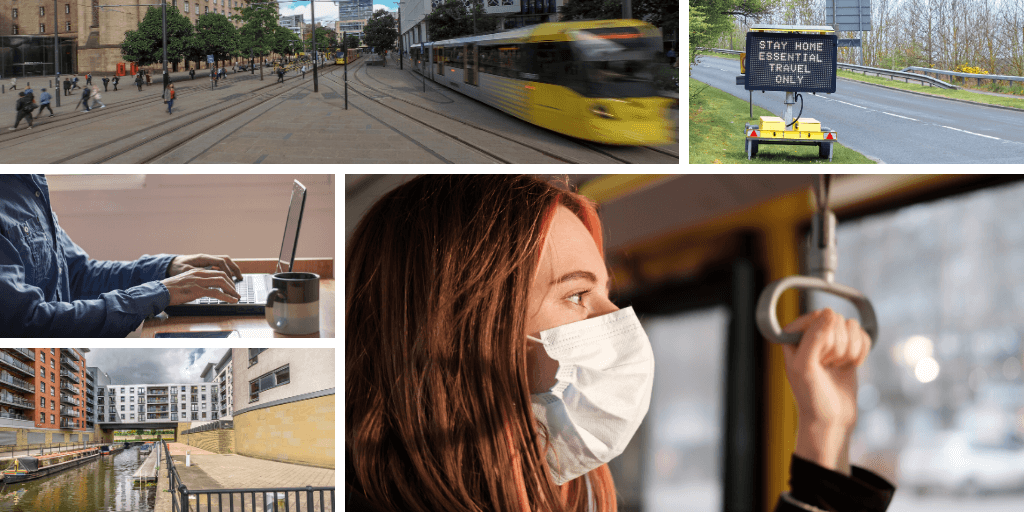
Travel levels are increasing again, with people now making journeys for work, shopping and exercise. In the short term, people are urged to make these journeys by walking, cycling, and driving where possible.
In the longer term, public transport will be able to operate safely at full capacity again, and we will see ridership rise again.
But as travel restrictions are lifted, some of the travel changes driven by this crisis may stick. Demand on travel networks could end up lower than before COVID-19, with more people working from home or adopting flexible working hours.
The resulting climate benefits may well endure for future generations, who themselves are more inclined to work flexibly. We may find there is less international travel as companies opt to continue using video conferencing.
The way we commute and travel for business may never be the same again.
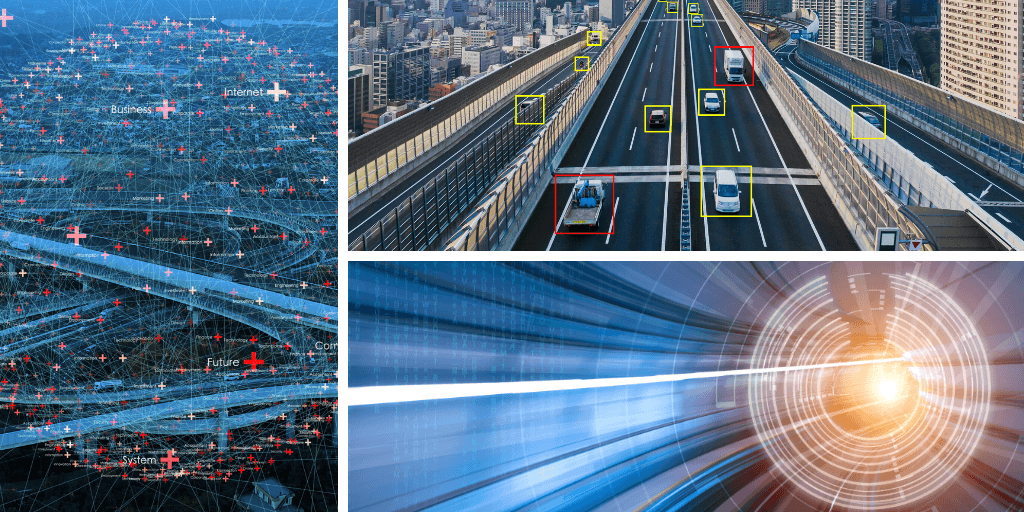
It is difficult to predict how our transport systems are going to look in one year, let alone thirty. However, one thing we have learned in the last months is how drastically our travel patterns can change in response to external factors.
For example, will urbanisation intensify, or will we move to the countryside to seek a quieter pace of life aided by flexible and remote working? Will the high street continue to decline while we do all our shopping online, creating ever-larger warehouses and logistics networks around our cities? How much focus will we put on a carbon-zero future?
There are dozens of proposed transport projects in the North of England which need to be prioritised to maximise the benefit to the public and meet the UK Government’s ambition to levelling up.
At the forefront of thinking must be the reduction in carbon delivered through the shift from private to public transport. Exactly how much benefit these projects deliver depends on the environment in which they are playing out.
Transport for the North (TfN) has developed four scenarios that understand the different directions the world could take by 2050. TfN’s plan for all its projects to be tested against these scenarios to ensure agility and resilience of its visions, and delivery of benefits to the public, regardless of which direction the world takes.
Over the past nine months, Arcadis has been working with TfN to tackle one of their key mobility challenges.
As part of an Arcadis employee development programme called Global Shapers, 25 young professionals from around the world came together to develop a future mobility solution for the North.
We analysed the different types of journey made in the North and concluded that while journeys into and out of major urban centres are usually well catered for by public transport, sustainable travel between semi-urban areas can be more challenging.
We therefore identified semi-urban to semi-urban travel as a potential area to introduce a novel mobility approach.
In many cases it can take substantially longer to travel between semi-urban areas by public transport than by car. This is demonstrated in Figure 1, in which typical public and private travel times between different regions in the North are compared.
For example, for those living in Maghull and working in St Helens (North West England), a typical commute would take about 30 minutes by car, but 90 minutes by public transport. This makes this journey unfeasible for those without access to private transport, and increases car dependence for those who do make the journey.
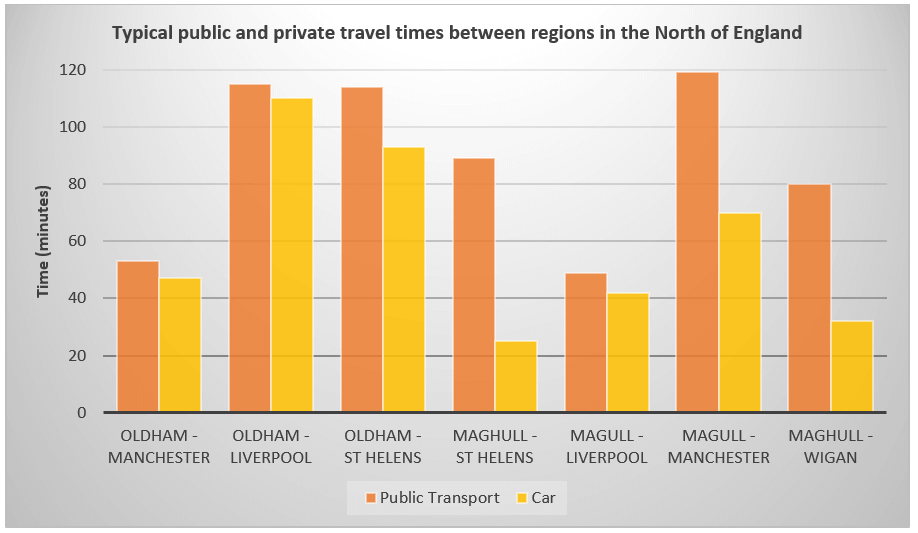
Figure 1: Typical public and private travel times between regions in the North of England, demonstrating the disparity between modes when travelling between two semi-urban areas. Source: Google Maps.
With 3.8 million people living in semi-urban areas in the North, the improvement of these public transport systems could have substantial benefits for many: minimising congestion, making steps towards achieving a carbon-zero future, and reducing the regional inequality that arises as a result of car dependency.
The challenge we identified is to create a more direct, sustainable public transport system whose travel times are more competitive with a car – but how can this be done in a way which ensures this system is affordable and accessible for everyone?

The concept we developed is a public transport system with no fixed route or timetable. Instead, people would use a smartphone app to request a ride, and an algorithm would be used to dynamically model which route should be taken by each vehicle to minimise journey times.
Users would make a short trip to a local hub and be linked with others who have similar journeys. A hub could be as major as a train station, or as minor as the end of a street. These hubs would require little in the way of new hard infrastructure to function, making the system demand-responsive – if usage of the service falls in one area and rises in another, a hub can easily be moved.
MaaS refers to the integration of various forms of transport into a single, accessible on demand service. The network established in partnership with TfN would function as a Collaborative MaaS system. Key travel insights would be shared with TfN to inform transport decision making.
A fully electric fleet of different sized vehicles would be used to maximise the efficiency of the service, with high-capacity vehicles used for high-demand routes and at peak times, and lower capacity vehicles used for low-demand routes and at off-peak times.
This helps to future-proof the system – if we start to see long-term changes such as an increase in home working or flexible hours as a result of our new working habits following COVID-19, Collaborative MaaS would be able to adapt to the resulting changes in demand.
Arcadis’s global expertise in data analytics has allowed us to determine the daily travel demand between semi-urban areas in the North – this data is demonstrated in Figure 2 for Greater Manchester and Merseyside.
We then matched this data with the discrepancies in journey times along these routes using public and private transport (as shown in Figure 1).
Determining which journeys have the highest travel demand and the largest discrepancy between public and private transport travel times helps identify the locations which would benefit the most from Collaborative MaaS.
Socioeconomic factors can also be factored into the analysis to ensure the transport network can be used to reduce car dependency and improve social mobility in economically deprived areas.
By having a digital, sustainable, and flexible service with travel times closer to that of a car than existing public transport, Collaborative MaaS is one of the most promising solutions to the semi-urban mobility challenge in the North.
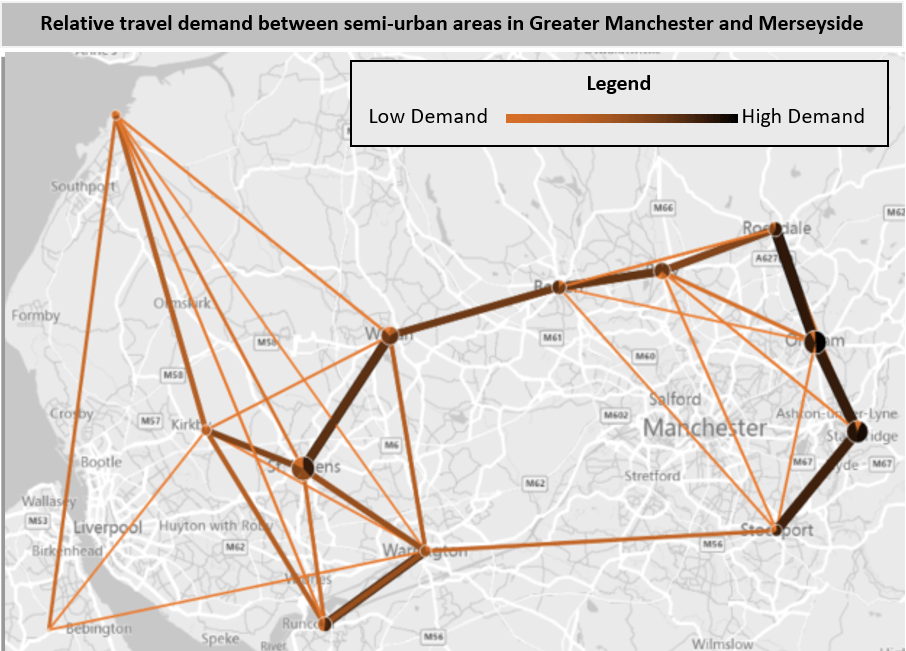
Figure 2: Relative travel demand between semi-urban areas in Greater Manchester and Merseyside, during the peak weekday morning period (7am – 9am)
Models similar to Collaborative MaaS have been rolled out across the world, and these can provide valuable insights into what makes a successful MaaS system.
One such model has been implemented in Zuidas, a thriving business district in South Amsterdam. The MaaS platform that has been established there is multi-modal, but with a focus on car-sharing. The key to the success of this model has been receiving buy-in from 15 major companies – having a sizeable user base with shared destinations has given the programme the critical mass of journeys it requires to succeed.
Lessons can also be learned from the unfortunate failure of Kutsuplus, an on-demand bus service in Helsinki. The scale of Kutsuplus never became large enough to provide an efficient service – the peak fleet size was only 15 vehicles when at least 100 vehicles would have been required to make the service effective. Furthermore, the lack of a mobile app created a poor user experience and limited the spontaneity of journey planning.
UberPool has rolled out ridesharing services across the UK and is able to work at a far more efficient scale than Kutsuplus. However, its processes have frequently come under criticism, with Transport for London recently rejecting Uber’s licence in London over repeated safety breaches.
It is evident from these examples that scale, safety, and a focus on the end user are critical factors in ensuring that Collaborative MaaS is a success in the North.
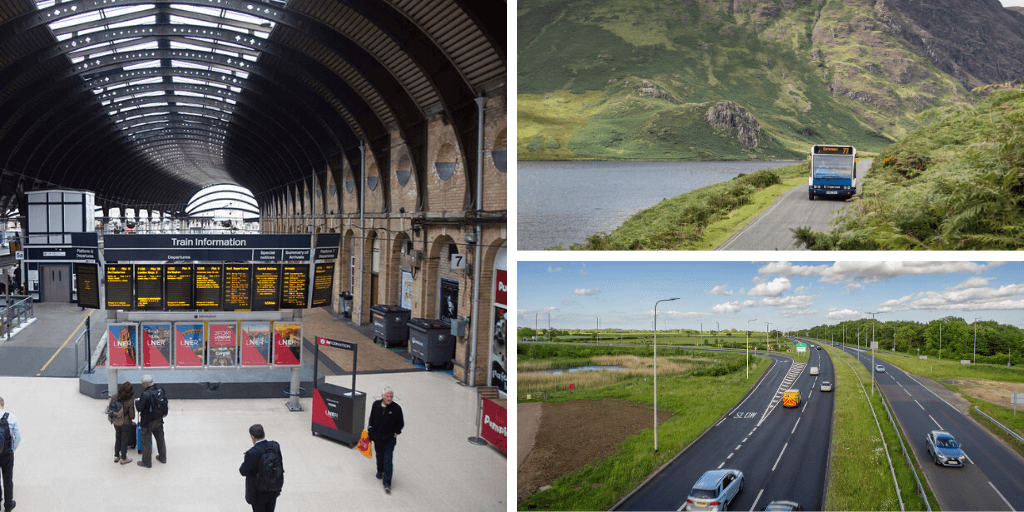
As a result of COVID-19 we have seen the drastic effect that external factors can have on our travel habits. By 2050, we could see other factors such as a carbon-zero commitment and digital transformation also having substantial impacts. We need to ensure that the transport networks we design are future-proof and resilient against any global changes that occur.
The best way to do this is to ensure that as many people as possible have access to fast and affordable public transport. One of the hardest places to provide effective public transport is between semi-urban areas, but by adopting a Collaborative MaaS concept with flexible hubs and dynamic routes, the efficacy of these transport systems can be maximised.
The benefits of this are threefold – congestion would be reduced, we would make progress towards a carbon-zero future, and we could tackle regional inequality by providing affordable and accessible transport to as many people as possible.
The future is uncertain, but to deliver these benefits, part of our global vision must include a move away from the reliance on single-occupancy vehicles and towards an inclusive, efficient, and sustainable way of getting around.